Understanding Fixed Frame Projection Screen Options
When it comes to enhancing your home theater experience, selecting the right Fixed Frame Projection Screen is essential. These screens provide a permanent installation that offers unmatched image quality and a polished look. However, before diving into the specifications, let’s explore the types and features of fixed frame projection screens available in the market.
Types of Fixed Frame Projection Screens
Fixed frame projection screens come in various types, each catering to specific needs and preferences. Understanding these types is crucial for choosing the one that best fits your projection setup.
- Standard Fixed Frame Screens: These are the most common types, typically made from a stretchable material attached to a solid frame. They provide excellent image quality and are suitable for a variety of environments.
- Edge-Free Fixed Frame Screens: Designed to give a clean appearance, these screens eliminate the visible frame edge by using a special manufacturing technique, enhancing the immersive viewing experience.
- Curved Frame Screens: Curved screens enhance viewing angles and reduce the perceived distortion, making them ideal for wide viewing areas. They are particularly popular in high-end home theaters.
- Acoustic Transparency Screens: These screens allow sound to pass through, making them ideal for setups where you want to place speakers behind the screen without compromising audio quality.
Features to Consider
When choosing a fixed frame projection screen, it’s essential to consider several features that contribute to the overall user experience and performance:
- Screen Material: The material affects the screen’s brightness, color accuracy, and viewing angles. Options include matte white, grey, and specialized materials for different lighting conditions.
- Gain Factor: This measures the screen’s reflectivity. A higher gain factor yields brighter images in well-lit rooms, while lower gain factors provide better viewing in darker settings.
- Frame Design: The design of the frame influences aesthetics and functionality. Frames can be finished in various ways, including velvet for a more professional look.
- Size Variations: Fixed frame projection screens are available in various sizes, accommodating different room dimensions and projector types.
How to Measure for Your Screen
Accurate measurement is vital for ensuring that your fixed frame projection screen fits perfectly in your intended space. Here’s a step-by-step guide:
- Room Dimensions: Measure your room’s dimensions to determine the maximum size of the screen. Take into account existing furniture and how far back you’ll be sitting.
- Projection Distance: Consider the distance of your projector from the screen. This will dictate the required screen size for optimal viewing.
- Aspect Ratio: Choose an aspect ratio that fits your content type (e.g., 16:9 for movies, 4:3 for presentations). Ensure it aligns with your projector’s specifications.
- Mounting Height: Decide the height to install your screen based on eye level when seated. This ensures comfort during viewing.
Benefits of Using a Fixed Frame Projection Screen
Investing in a fixed frame projection screen comes with numerous benefits tailored for home theater enthusiasts:
Enhanced Viewing Experience
One of the most significant advantages of a fixed frame projection screen is the enhanced viewing experience. Here’s how:
- Consistent Surface: A fixed frame provides a taut surface that eliminates ripples and wrinkles that can distort images.
- Improved Color Accuracy: The materials used in fixed frame screens often enhance color reproduction and contrast, providing a cinematic experience.
- Wide Viewing Angles: Many fixed frame screens allow for better viewing angles compared to portable screens, accommodating larger audiences.
Durability and Maintenance
Fixed frame projection screens offer durability that surpasses portable options:
- Long Lifespan: High-quality materials are resistant to wear and tear, ensuring a long-lasting product that maintains performance over years.
- Easy Maintenance: Many screens are easy to clean, often requiring just a gentle wipe. Some materials are also resistant to stains and other forms of damage.
Design Integration with Home Decor
A fixed frame projection screen can seamlessly blend with your home’s design:
- Stylish Finishes: Options like velvet-wrapped frames add an elegant touch and enhance the overall aesthetics of your home theater.
- Minimalist Look: Edge-free designs contribute to a sleek, modern look, minimizing distractions and maximizing focus on the screen.
- Customization: Many brands offer customizable options that allow consumers to choose sizes, colors, and finishes that best fit their living spaces.
Installation Tips for Fixed Frame Projection Screen
Proper installation of your fixed frame screen is crucial for ensuring optimal performance and longevity. Follow these best practices:
Best Practices for Wall Mounting
To mount your fixed frame projection screen correctly, consider:
- Wall Selection: Select a sturdy wall capable of supporting the weight of the screen. Ensure the wall is free of obstructions.
- Frame Leveling: Use a level tool to ensure that the screen is perfectly horizontal, preventing image distortion during use.
- Secure Installation: Use appropriate mounting hardware, and if necessary, consider wall studs to ensure the screen is secure and stable.
Hiding Cables and Wires
A clean installation is as crucial as the screen itself:
- Concealed Wiring: Use cable management systems or wall conduits to hide wires; this not only enhances aesthetics but also reduces clutter.
- Wireless Options: Also consider using wireless HD transmitters to minimize visible wiring, enhancing the clean look of your setup.
Ensuring Optimal Viewing Angle
To maximize your viewing experience, it’s essential to install at the correct height and angle:
- Eye Level Alignment: The center of the screen should be at the viewer’s eye level when seated.
- Adjusting for Seating: Factor in the seating arrangement to ensure that everyone in the room has the best possible angle for viewing.
Comparing Fixed Frame Projection Screen Brands
With numerous brands available, making an informed decision is vital. Here’s how to effectively compare them:
Performance Metrics to Look For
Consider key performance metrics that impact your viewing experience:
- Gain Ratings: Higher gain ratings can enhance brightness in well-lit environments, whereas lower ratings might be better for dark rooms.
- Color Accuracy Ratings: Screens with better ratings for color accuracy will present more realistic and vibrant images.
- Screen Material Type: Different materials will perform differently under various lighting conditions, impacting your choice based on room settings.
Price vs. Quality Analysis
It’s essential to balance pricing with quality:
- Budget Considerations: Determine your budget but avoid compromising on essential features that impact the viewing experience.
- Long-term Investment: Sometimes paying a higher price initially results in better durability and performance, offering value over time.
Consumer Reviews and Ratings
Leverage consumer feedback to guide your decision:
- Review Platforms: Check multiple platforms for unbiased reviews and compare experiences from various users.
- Look for Patterns: Pay attention to consistent issues or praises across reviews, such as performance quality, installation ease, or customer service.
Maintaining Your Fixed Frame Projection Screen
Proper maintenance of your Fixed Frame Projection Screen is essential for ensuring it stays in optimal condition for years. Here are some guidelines:
Regular Cleaning Techniques
Keeping your screen clean enhances performance and longevity:
- Dust Removal: Gently dust the screen with a microfiber cloth regularly to prevent accumulation that can cause visual distortion.
- Spot Cleaning: For stains or smudges, use a mild soap solution and a soft cloth to avoid damaging the surface materials.
Storage When Not in Use
If you need to store your screen temporarily:
- Safe Location: Keep the screen in a dry, cool place to prevent damage. Avoid exposing it to harsh sunlight or extreme temperatures.
- Protective Coverings: Use protective covers to safeguard the screen from dust and potential scratches.
Upgrading Your Screen Over Time
As technology evolves, so should your screen:
- Monitor Changes: Stay updated with advancements in projection technology and material improvements, which may warrant an update.
- Evaluate Performance: If your current screen no longer meets your needs, consider upgrading to a newer model with enhanced features.
In conclusion, a Fixed Frame Projection Screen is a valuable addition to any home theater system, promising a high-quality, immersive viewing experience. By understanding the available options, benefits, installation tips, and maintenance practices, you’ll be well-equipped to choose the ideal screen for your cinematic needs.
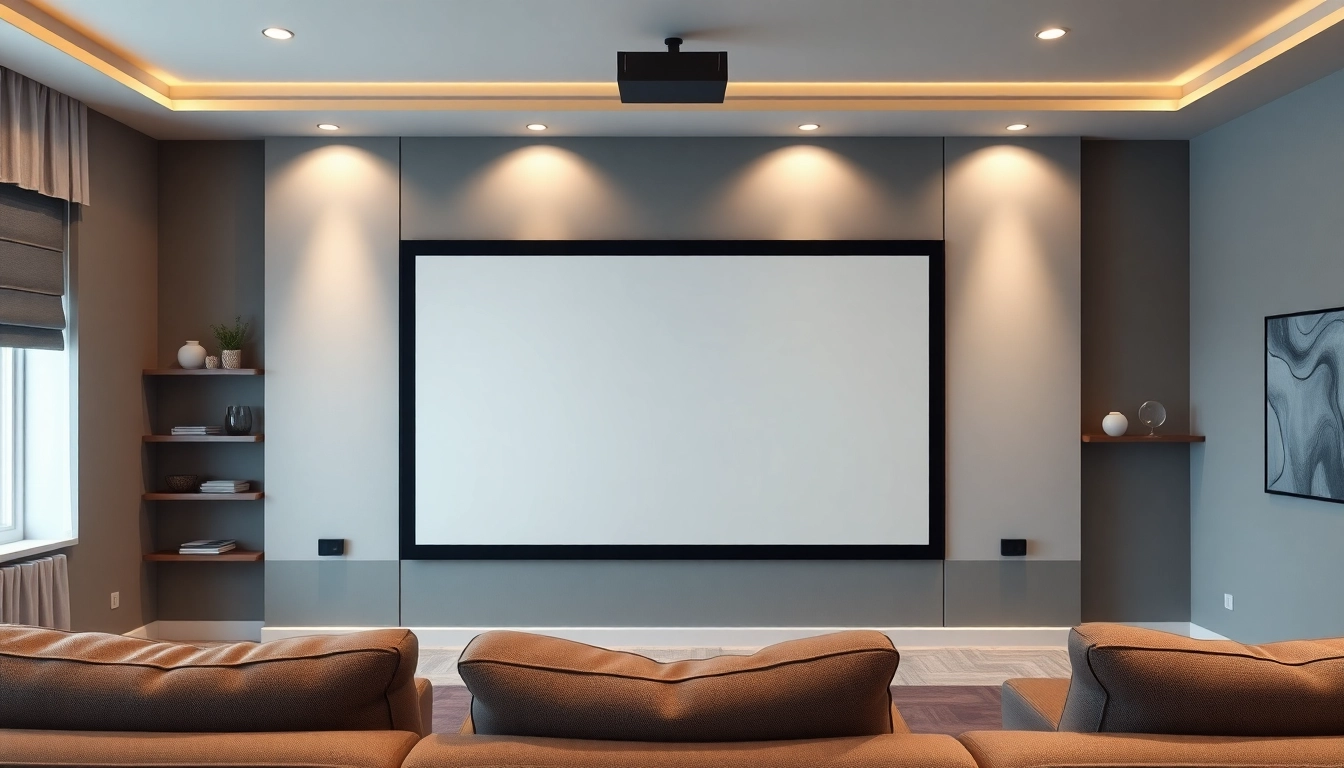



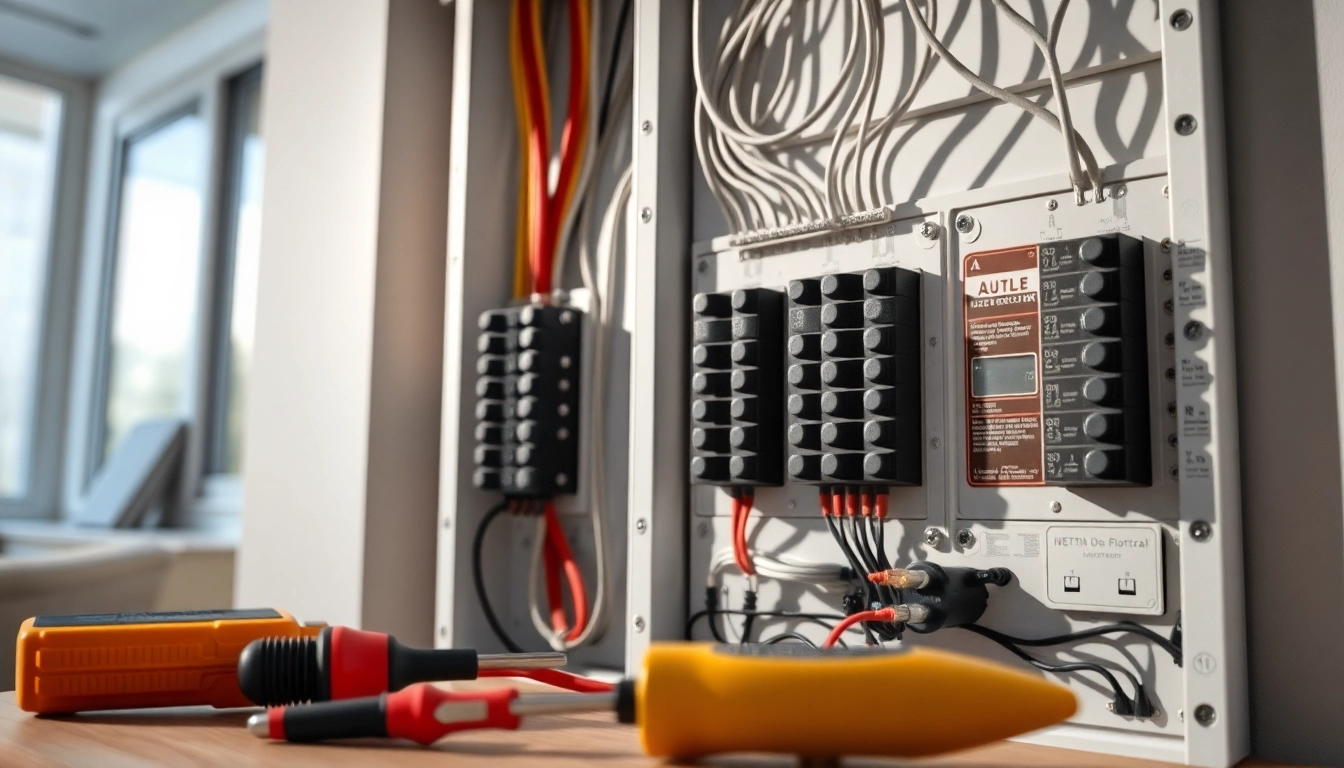


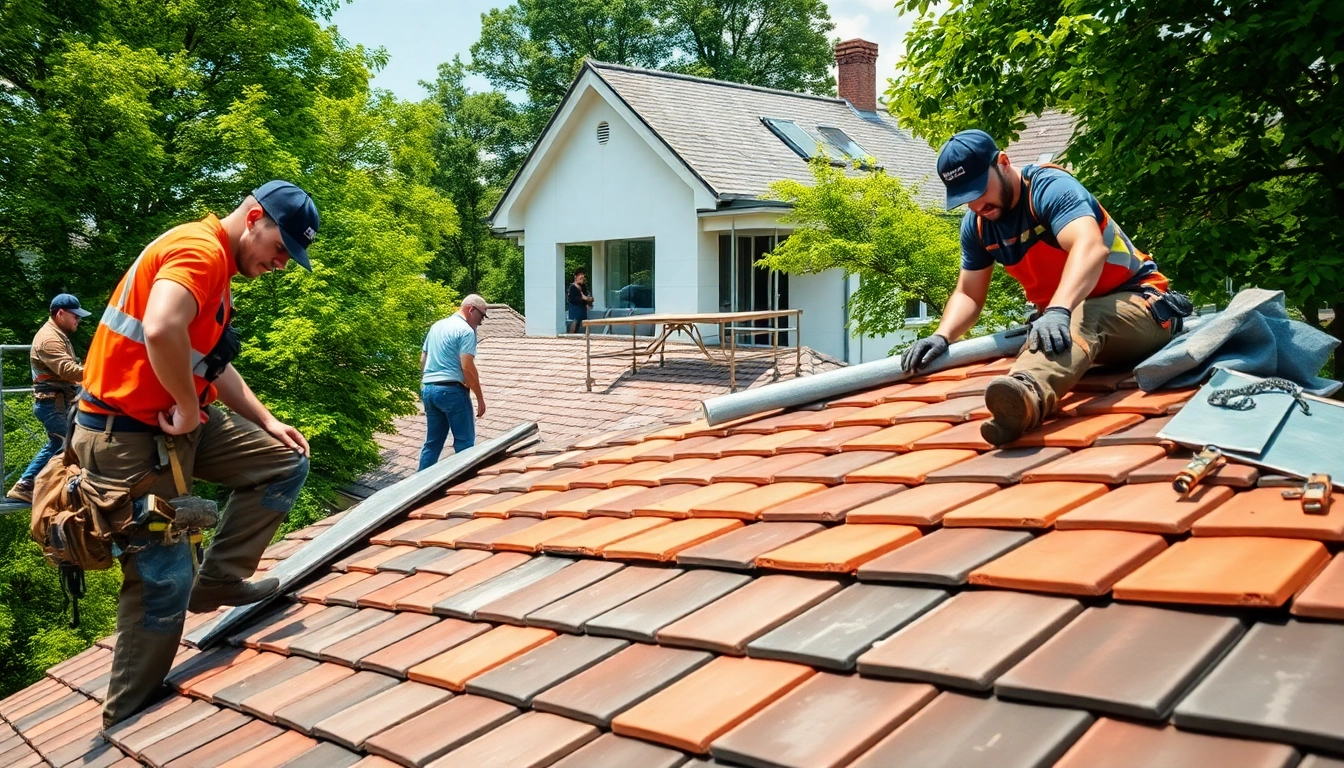
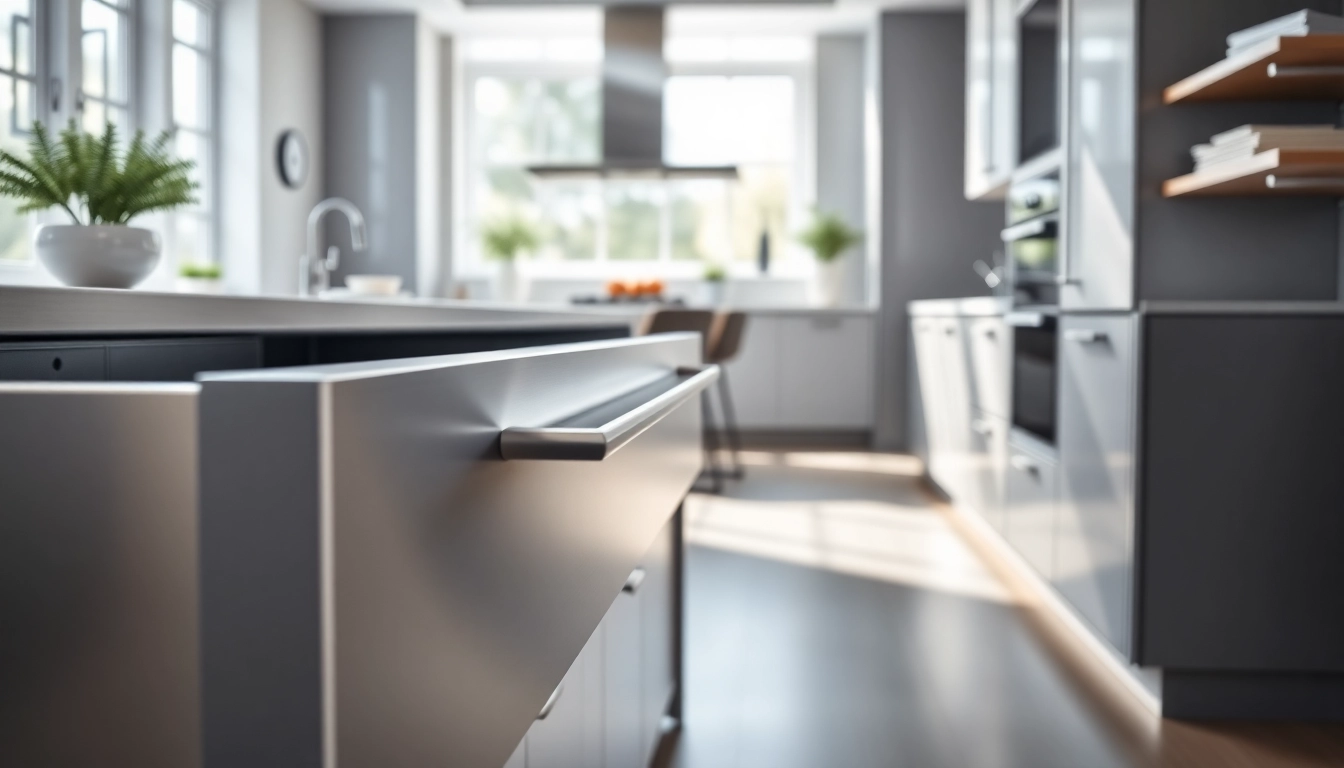
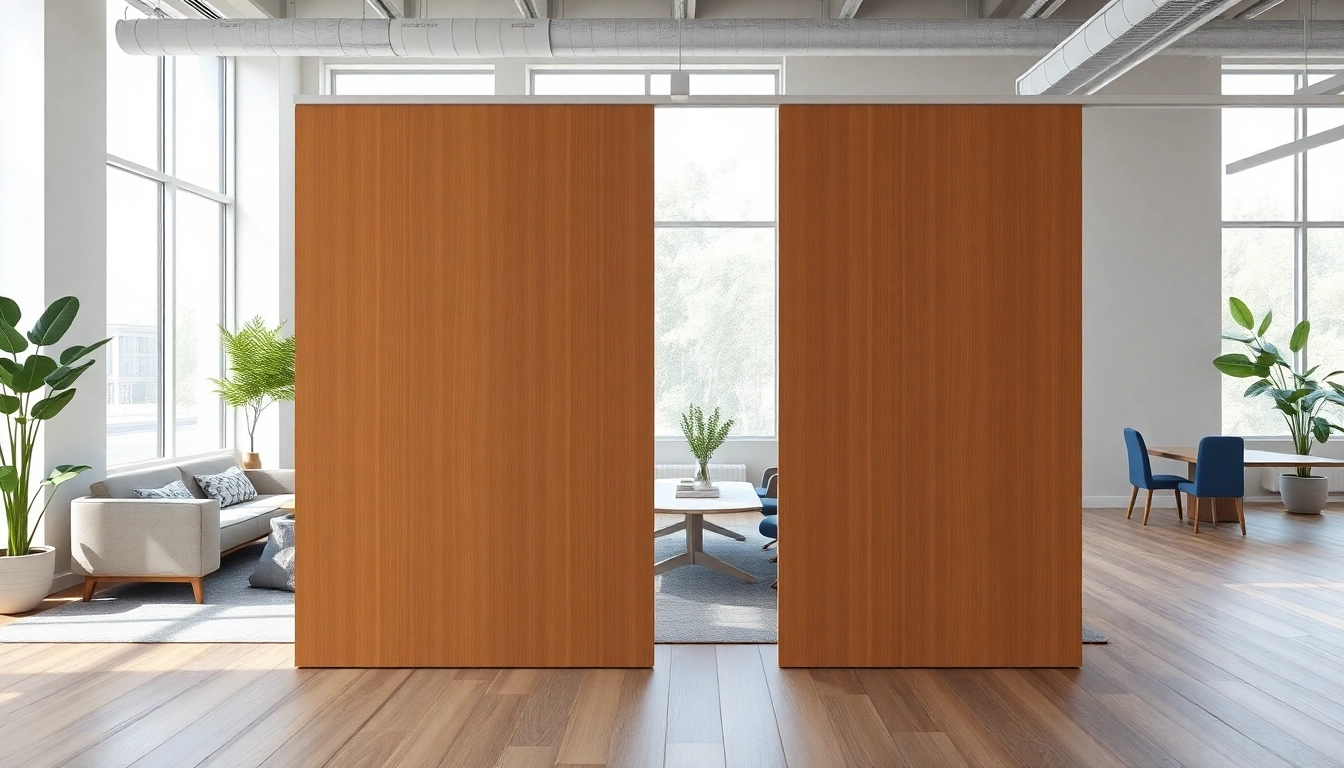


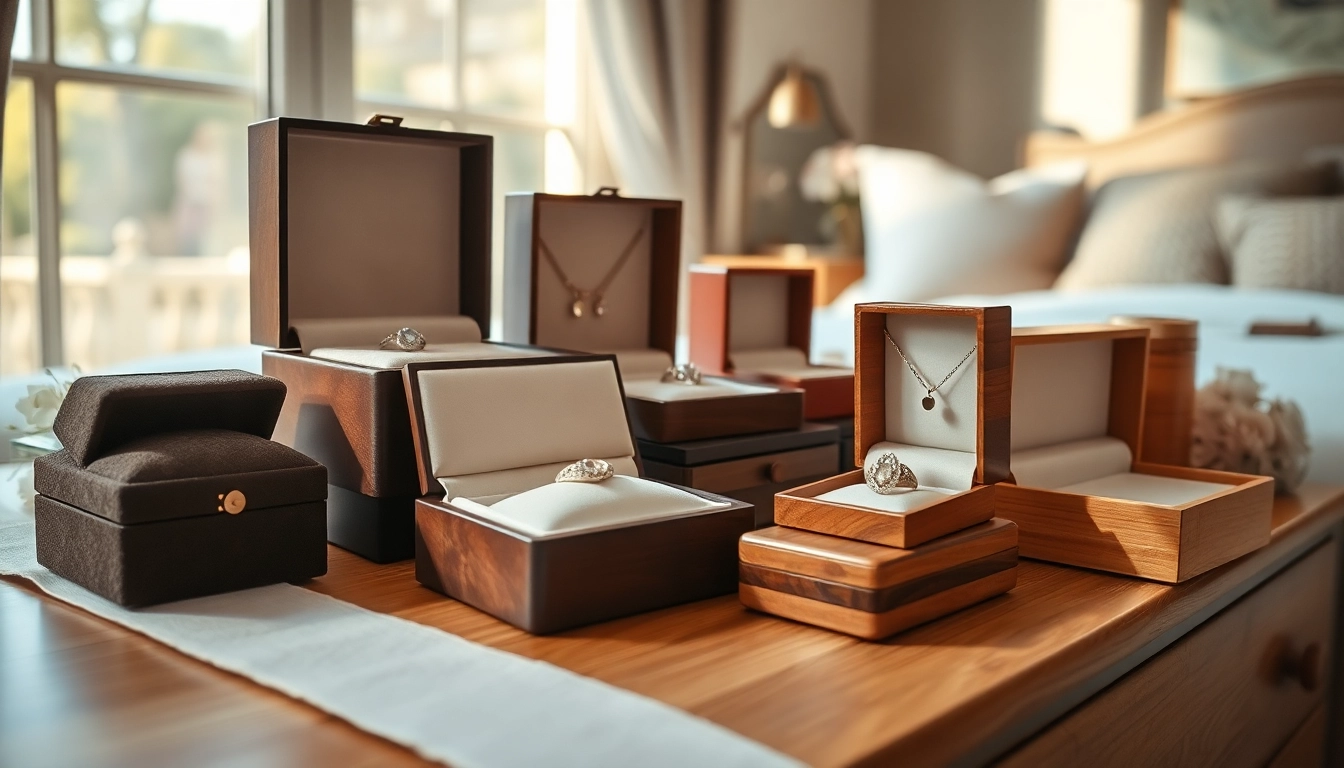

Leave a Reply